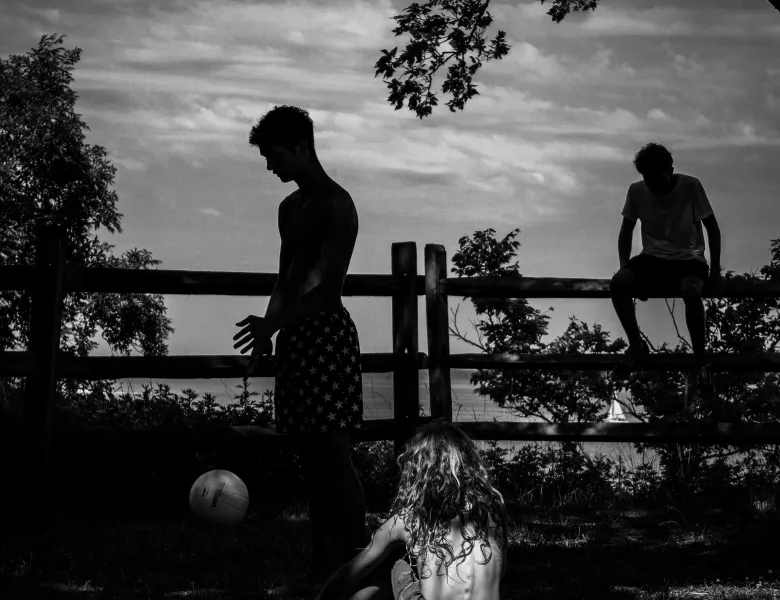Long live the photobook: Gerhard Steidl wins the Outstanding Contribution to Photography 2020 award
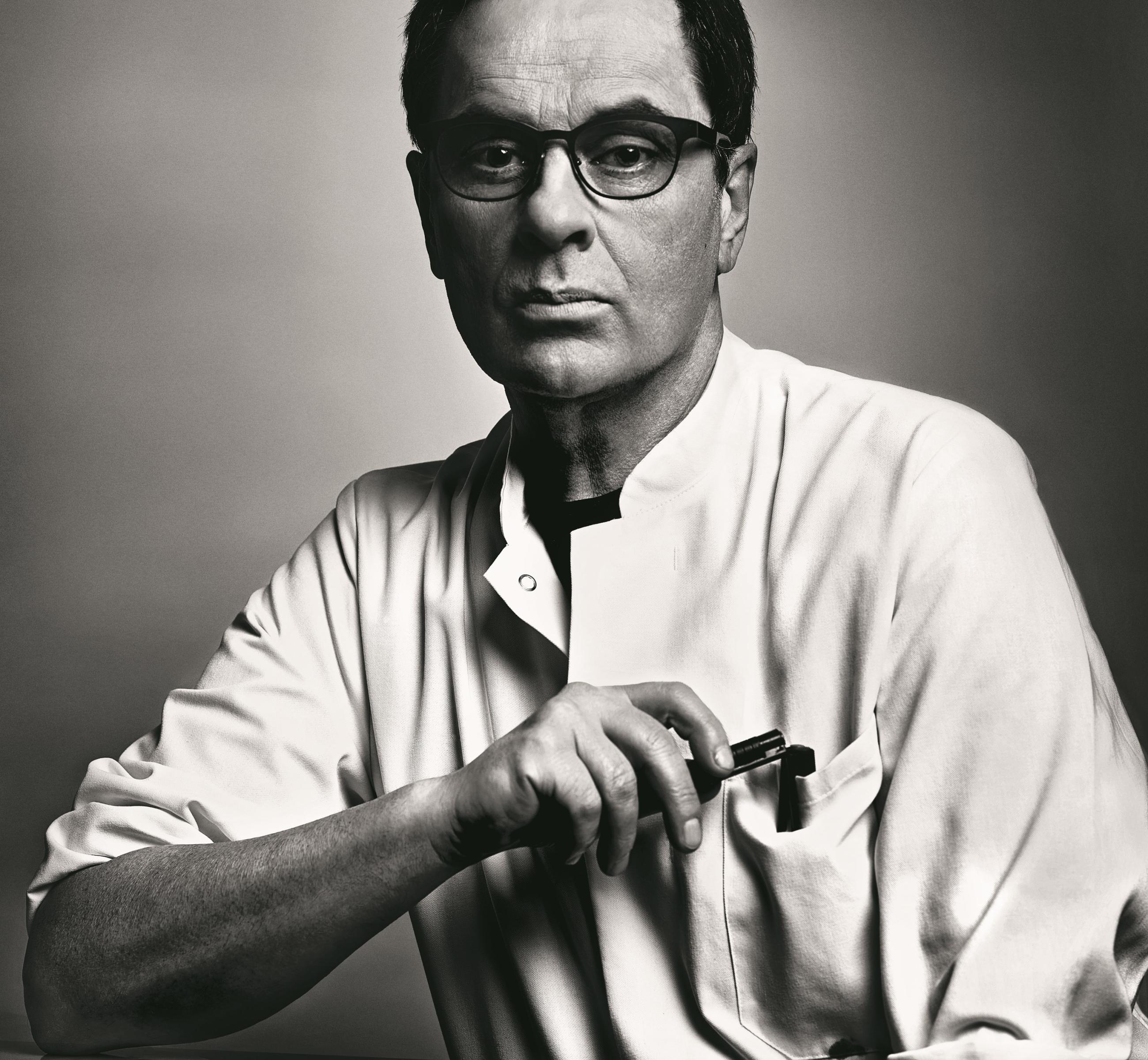
"One Love, One Book: Steidl Book Culture. The Photobook as Multiple will show some of our most ambitious books and reveal some of the secrets of their production, and hopefully inspire young bookmakers on their way."
There’s no one quite like Gerhard Steidl. Proved when he thrusts a prototype underneath the late Robert Frank’s nose in the film How to Make a Book with Steidl, the German publishing giant implores the photographer to smell it. Inhaling deeply, Frank looks back at Steidl, nods his head and quips that the scent – the ink of those freshly printed photographs at such high viscosity that each image is almost in relief – is the bookmaker’s cologne. A joke between two longtime collaborators, Frank’s witticism couldn’t be more rooted in truth. Gerhard Steidl lives and breathes books.
Producing an astonishing 300 titles a year – all of which he personally oversees – the 69-year-old is regarded as the doyen of publishing. Implementing a production process of such precision and artistry, the Steidl factory (based in the German city of Göttingen) has been equated to the haute couture of printing. What comes off the Roland 700 printing press in Göttingen in comparison to what’s created at a Parisian fashion house however, is that Steidl’s creations are, on the whole, affordable.
Inspired by Johannes Gutenberg, the man celebrated for introducing the printing press to Europe back in the 15th century, Steidl’s factory is open seven days a week and he’s insistent that just one book is on press at any given time. The only step that’s outsourced is the binding – frequently completed by a fifth-generation bookbinder a stone’s throw away from the factory. Often using uncoated paper (a more expensive option but one that adds to the subtlety of each print) and sometimes with no photograph – just the title and photographer’s name debossed – on the clothbound cover, Steidl’s elegant, understated style has made bookmaking an art form.
Ensuring the client is directly involved in every stage of the book’s production, there’s an ethos at the Steidl factory to have the utmost respect for the photographer’s vision. This approach has led to the world’s best photographers ever-hoping he’ll agree to make their photobook – a call from Steidl is often a pinnacle career moment. William Eggleston, Nan Goldin, Dayanita Singh, Nadav Kander, Bruce Davidson and Mary Ellen Mark have all put their trust in Steidl and his team. Only choosing to publish books he thinks he’ll learn from and discover something new – ‘I am the master student and the photographer is the professor’ – the final results are offerings of some of the most exquisite folios for us, the readers, to enjoy.
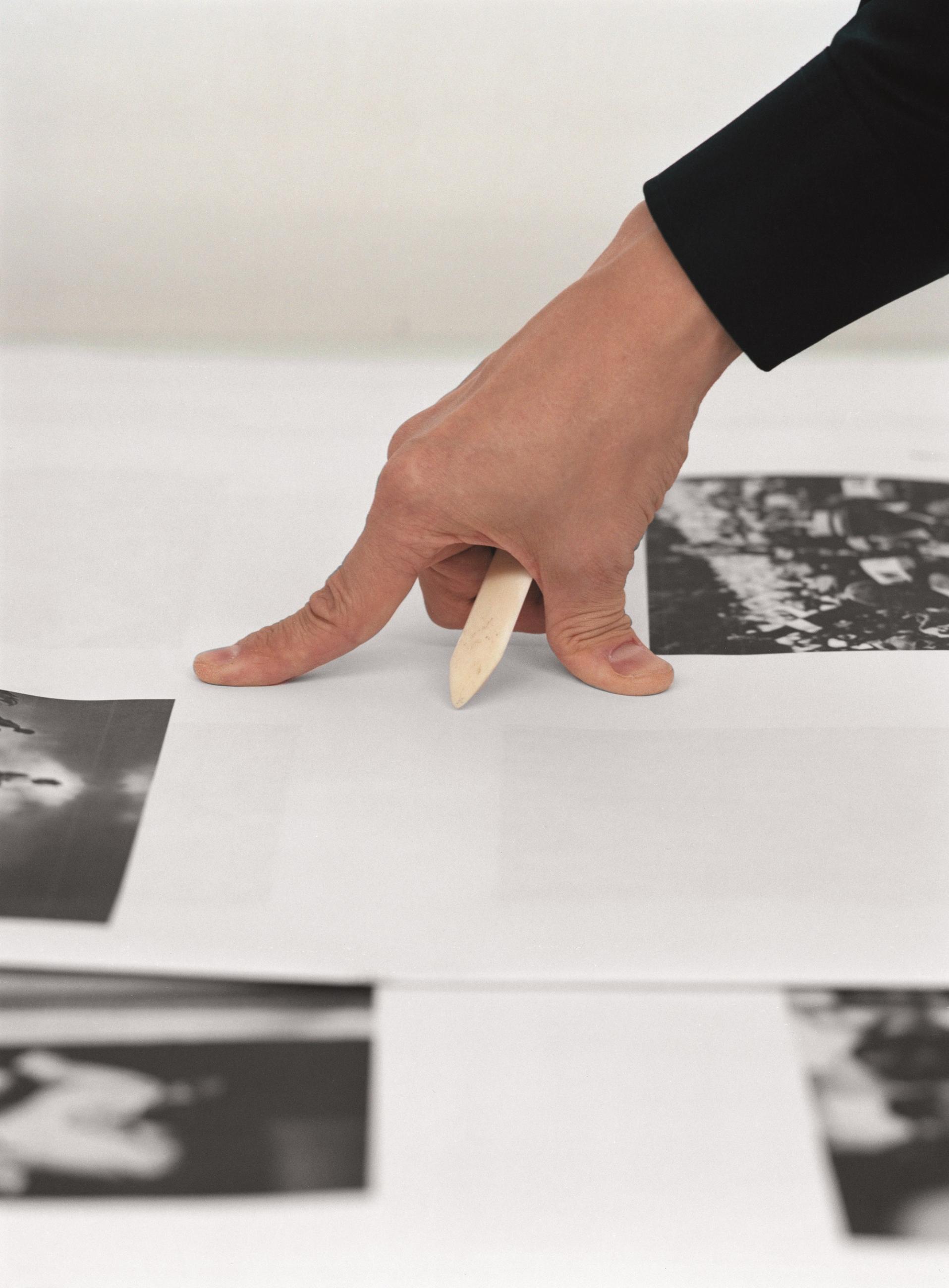
Applauded by the photographic community, Steidl’s legacy has been further cemented by his most recent recognition: being the recipient of the Sony World Photography Awards 2020 Outstanding Contribution to Photography prize. To celebrate this accolade, Steidl and his team will create the display One Love, One Book: Steidl Book Culture. The Photobook as Multiple to run alongside the Sony World Photography Awards exhibition at Somerset House in London this April. As with any project Steidl turns his attention to, it’ll be no ordinary retrospective.
"If I published only bestsellers, like Günter Grass’ The Tin Drum or Robert Frank’s The Americans I’d be a millionaire. But I also make photobooks which don’t make me any money. The money I make from The Tin Drum or The Americans goes into other projects."
Aligning with Steidl’s passion to educate the wider public on creating books, there’ll be a substantial mix from his 40+ year career. Set up to reflect a workshop experience, the display will be clearly divided into four sections – Artist, Concept, Design and Print – each mirroring a crucial stage in the book production process.
The display highlights what’s at the core of Steidl’s practice: sharing ideas and knowledge to inspire and inform. Speaking about the exhibition, he says: ‘One Love, One Book: Steidl Book Culture. The Photobook as Multiple will show some of our most ambitious books and reveal some of the secrets of their production, and hopefully inspire young bookmakers on their way.’ Highlighted works include the distinctive Museum Bhavan by Dayanita Singh, an Indian photographer whose focus is on the dissemination of the image in book form and how her work, as a collection, is presented.
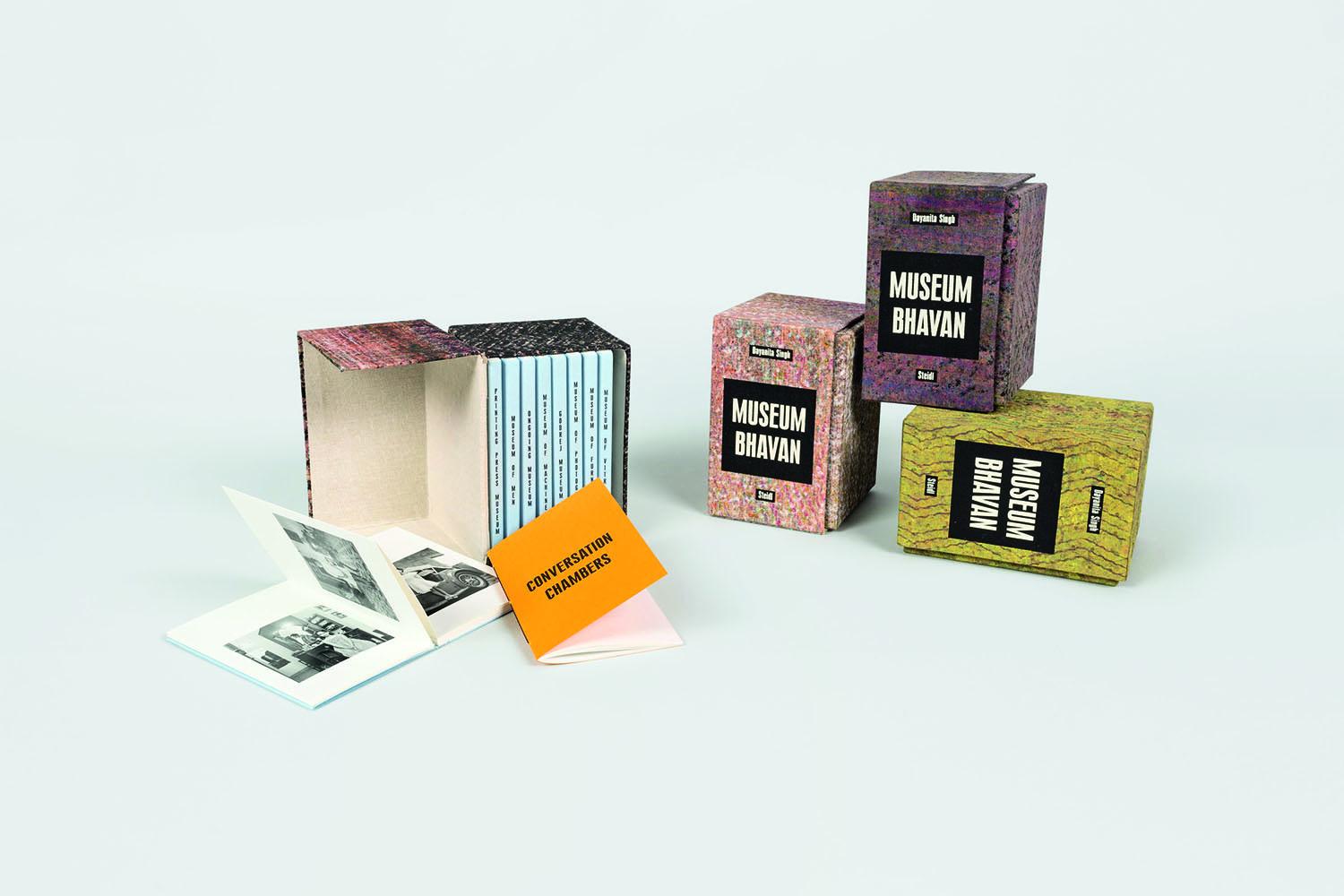
To broaden visitors’ understanding of how creative the photobook form can be is the inclusion of Andy Warhol’s Interview. The Crystal Ball of Pop Culture. An impressive seven-volume facsimile of the best spreads from the first decade of Warhol’s Interview magazine, all of which are packed in a custom-made wooden trolley, the work points towards Steidl’s fascination with a particular idea acting as the subtext for the display. Akin to Warhol’s thinking, Steidl says: ‘I see the photobook as a multiple in the tradition of the artist’s multiple – a series of identical objects made or commissioned by an artist. Producing such multiples for artists like Klaus Staeck and Joseph Beuys was an important part of my education and training. I follow the same approach when making a book: it’s a limited print-run of objects that embody the artist’s vision and make it accessible to a wider public.’
"The photobooks we make are of course not artworks, and should not be viewed in such a precious and untouchable way."
He continues: ‘The photobooks we make are of course not artworks, and should not be viewed in such a precious and untouchable way.’ Wanting to democratise the world’s best photography, Steidl goes on: ‘Buying a complete set of Robert Frank’s prints from The Americans is today nearly impossible (even if you had the money), but anyone can go and buy the book, knowing that the photographer oversaw and approved it as a multiple of his work. Joakim Eskildsen put it well once: “People often ask me if they can buy one of my prints but they tend to back off once I tell them the price. So I say, "Just buy the book! It’s got hundreds of pictures! Buy two books, so you can cut up one and frame the photos!"'
Another talking point from the exhibition at Somerset House is sure to be The Japanese Box. A collaboration between the late Karl Lagerfeld and Steidl back in 2001, the piece has reprints of six rare photobooks from Japan’s seminal Provoke era that are all encased in a black-lacquered box. Interestingly, his creative partnership with the former Chanel Creative Director started with the first photobook Steidl ever printed. Opening his factory in his hometown in 1968, the German publisher began his business by printing posters and later non-fiction. It wasn’t until the end of the 1990s that the catalogue started to include photography. Recalling the creation of Off the Record with Lagerfeld, Steidl says: ‘I remember the challenge of it – all the test-prints on different papers and inks to find exactly the right recipe. Today I’m still very proud of it and I don’t think it’s aged at all.’
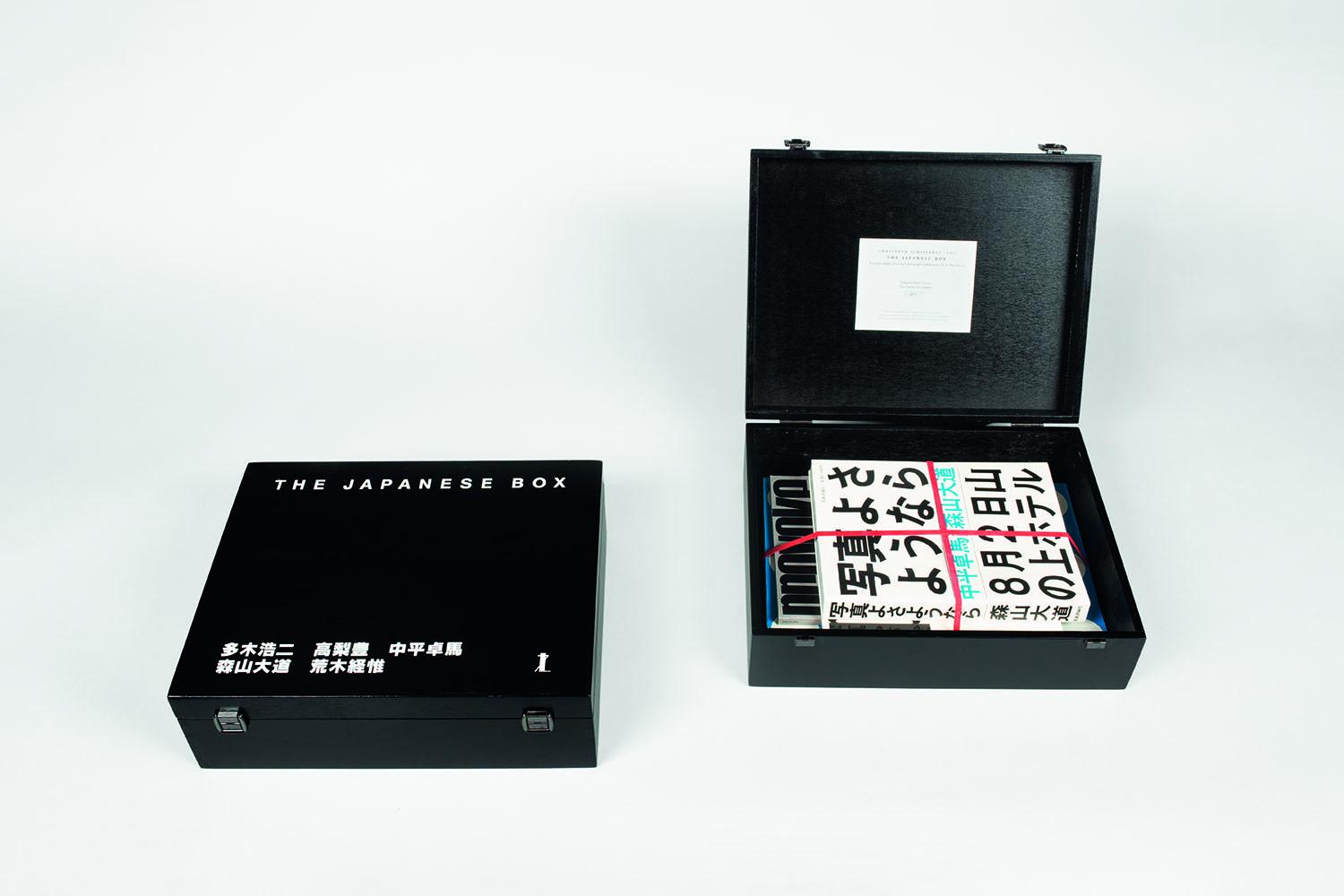
The late Robert Frank was another luminary Steidl enjoyed a decades-long affinity with. He first started working with Frank in 1989 when the Swiss publisher Walter Keller asked him to reprint The Lines of My Hand for his imprint Scalo. ‘Walter thought Robert and I would get on well on press and he was right – since [our first meeting] we made more than 30 books together. I learnt so much from Robert as a bookmaker; he always wanted a simple book, a humble book, never anything overbearing or overblown. Even in his 80s and 90s he was still exploring new forms for his photobooks, like the series of visual diaries we made together, from Tal Uf Tal Ab in 2010 to Leon of Juda in 2017, which combine iconic photos with more personal Polaroids and text fragments in softcovers like private albums or scrapbooks.’
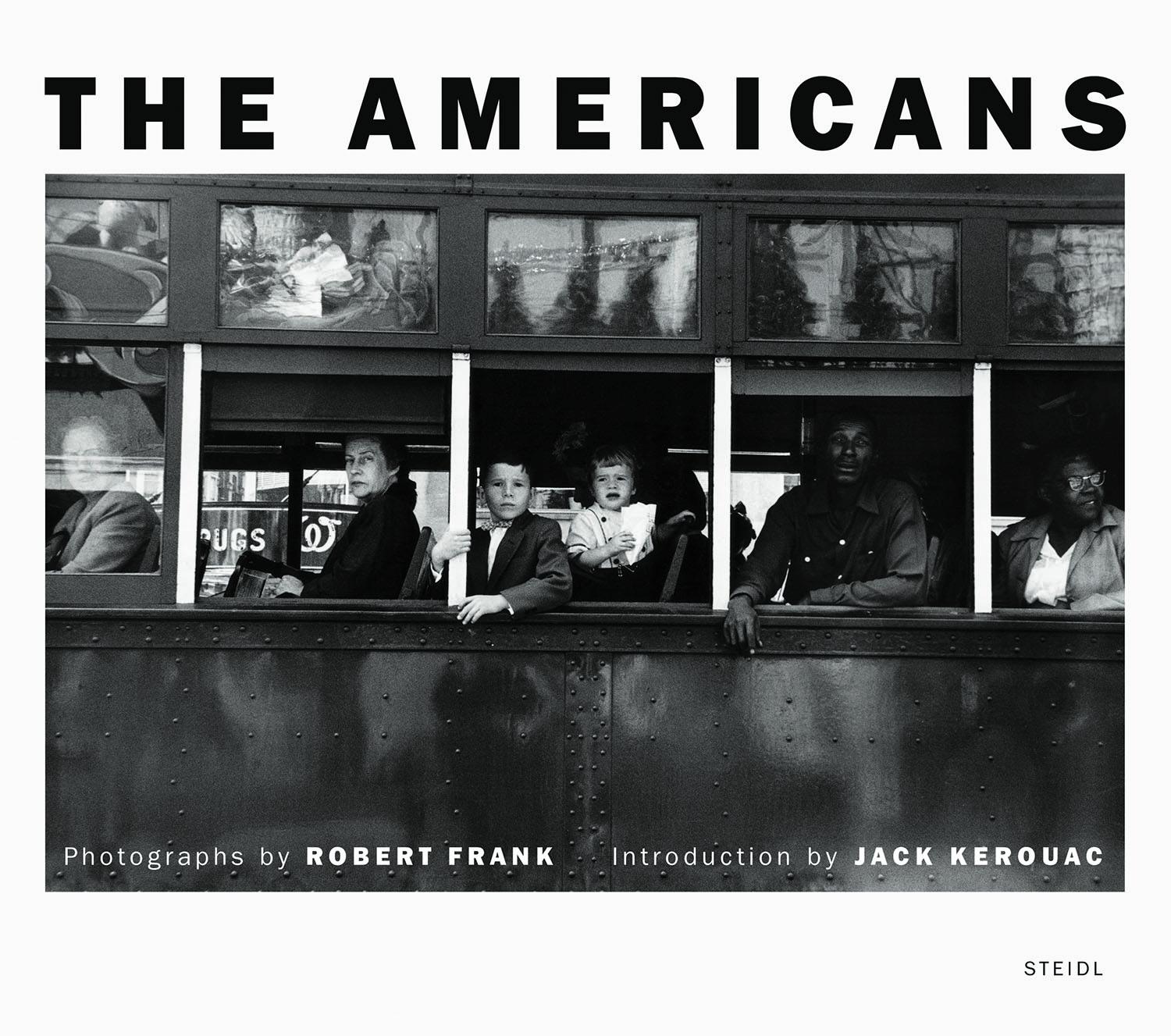
Utterly fastidious and indefatigable, Steidl approaches each new project with complete focus. After a client arrives in Göttingen and drops their bags off at Halftone Hotel – Steidl’s private guesthouse which is located next to the factory – they’d be greeted by Gerhard, clothed in his custom black jeans and white laboratory-style coat with Staedtler and Faber-Castell pens lined up in his breast pocket with military precision – almost like miniature soldiers ready for action. Printing a book with Gerhard Steidl is an experience where you’ll live and breathe that project until it’s off the printing press.
"Buying a complete set of Robert Frank’s prints from The Americans is today nearly impossible (even if you had the money), but anyone can go and buy the book, knowing that the photographer oversaw and approved it as a multiple of his work."
‘There are different challenges and pleasures depending on the particular book I’m making – whether it’s creating an intricate facsimile of a seminal title like Henri Cartier-Bresson’s The Decisive Moment, making the definitive edition of Robert Frank’s The Americans with him, or printing a young photographer’s very first book,’ says Steidl, reflecting on his back catalogue. While his passion for creating artful, beautiful books is obvious, it’s also clear Steidl is a businessman too. Steidl adopts the thinking that beautiful books don’t necessarily need to be exclusive or expensive. ‘Our focus is on trade books that are affordable and accessible,’ he states. ‘We’re careful to keep large books nevertheless under a certain size so they can be bound mechanically and binding costs, which would inevitably be passed onto the buyer of the book, don’t explode.’
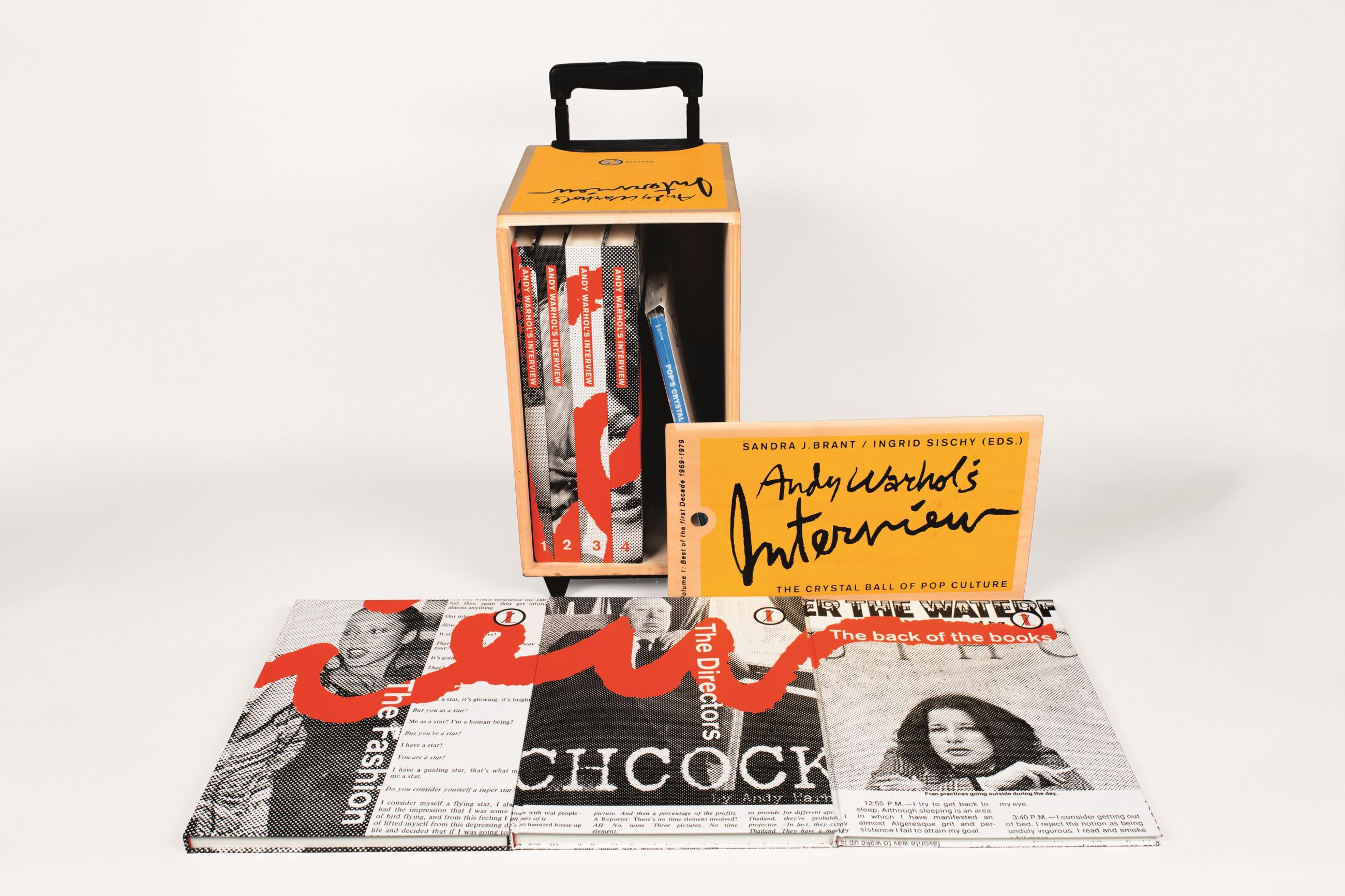
While a proportion of Steidl’s titles target the collectors, he tends to price the majority of his releases around €50-60 and print in editions of three to five thousand. While In the film How to Make a Book with Steidl he explains his business model and philosophy: ‘You can’t make much profit with books. You rarely make a lot of money. It would be different if I published only bestsellers, like Günter Grass’ The Tin Drum or Robert Frank’s The Americans. I’d be a millionaire. But I also make photobooks which don’t make me any money. The money I make from The Tin Drum or The Americans goes into other projects.’
And it’s those projects – working with the seminal photographers as well as the emerging talent – that have validated Steidl’s contribution to enriching our world through powerful, thoughtful imagery. Steidl’s affinity with the Sony World Photography Awards stems from the prestigious Outstanding Contribution to Photography prize, having created books for seven out of the 12 past recipients. An indicator that producing a book with Steidl is at the pinnacle of one’s career, it seems only right to turn the spotlight towards the man whose dedication to the photographic medium has made those voices heard and visions seen. ‘It’s definitely been an unexpected but organic journey since opening my first screen-printing workshop in 1968,’ he says. ‘Somehow one thing leads to another.’
One Love, One Book: Steidl Book Culture. The Photobook as Multiple runs alongside the Sony World Photography Awards 2020 exhibition from 17 April to 4 May, 2020 at Somerset House, London







